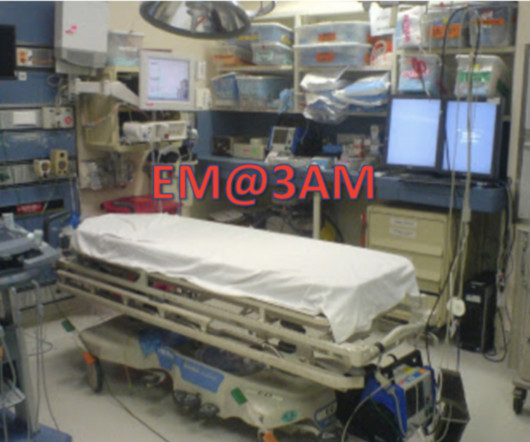SGEM#469: You Take My Breath Away – D-dimer for Ruling out PE in High-Risk Patients
The Skeptics' Guide to EM
MARCH 1, 2025
Dr. Westafer serves as the Social Media Editor and a research methodology editor for Annals of Emergency Medicine. Case: A 57-year-old woman presents to the emergency department (ED) with pleuritic posterior chest/back pain, shortness of breath, and left leg swelling.














Let's personalize your content